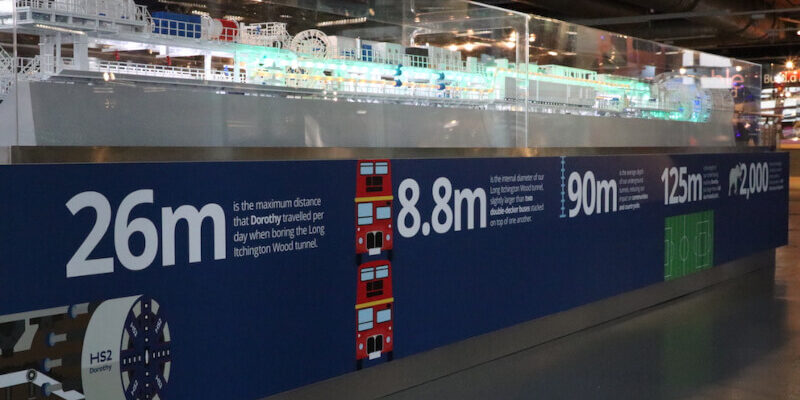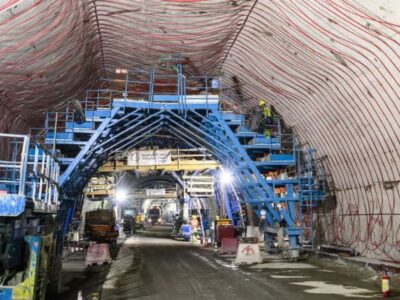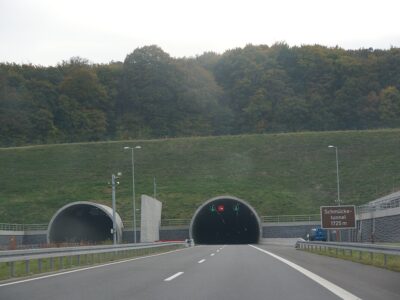
Birmingham’s science museum, Thinktank, is hosting exhibition showcasing the HS2 tunnels.
HS2’s construction partner in the West Midlands Balfour Beatty Vinci (BBV) manages this temporary exhibit, which explores the history and technological advances in tunneling, alongside the story of HS2’s construction. It is designed to help young people understand the engineering complexity of building a high-speed railway.
A replica model of TBM Dorothy is existed in Thinktank exhibition, that is opposite the site where HS2’s Curzon Street Station will be built.
The deadline of this exhibition is January 12, involving a replica model of Dorothy, the 2,000 tone TBM used to dig the Warwickshire tunnels. Also, in order to inspiring the next generation of engineers, there is a range of interesting and fun facts about HS2’s tunneling program.
According to BBV head of stakeholder and communities Shilpi Akbar: “The exhibition showed how the consortium was helping to deliver HS2 in the Midlands. Visitors can learn about how we’ve tunnelled underneath ancient woodland in Warwickshire, and the three-and-a-half-mile tunnel currently under way between Water Orton and Washwood Heath in Birmingham.”
He also added: “By bringing this highly skilled and innovative work to new audiences, we hope it inspires the next generation of tunnellers and engineers. That’s exactly the type of legacy we want to leave for this region.”
Leading of a series of gallery talks will be up to BBV construction workers and engineers, and representatives from the supply chain, during the half-term holiday, from October 30-November 3.
BBV will also join forces with Thinktank to deliver interactive science, technology, engineering and maths (STEM) workshops from late November, as part of the exhibit’s wider program. The sessions will involve local schools, giving pupils the opportunity to learn more about the HS2 project, as well as industry career paths.
“The exhibition would highlight a new range of STEM careers as well as show how modern technology and engineering allow a tunnel to be bored, reinforced and made ready for use, all by one advanced – and very large – piece of machinery,” said Thinktank museum manager Laurence Butler.
Additionally, due to apply of rail to deliver tunnel ring segments to the West Ruislip Portal site in Hillingdon, one million miles of lorry movements from roads have been removed.
Considering that HS2’s London tunnels contractor, Skanska Costain Strabag joint venture (SCS), has received deliveries of the tunnel ring segments by freight train rather than road since February, this became available following that the two TBMs, Sushila and Caroline, had been commissioned and space to access the rail head on site became available.
Being located at Thamesport on the Isle of Grain in Kent, Pacadar UK is producing the tunnel ring segments for the Northolt Tunnel West, while generating 60,000 segments, which will form 8,400 rings, for 8km of twin-bored tunnel.
Delivering 144 segments, over than 120 trains have completed the journey between the Isle of Grain and West Ruislip, with an average of five trains per week. Rail delivery is slated to decrease the carbon impact by 2,250 tones.
While the determined date for launching the second and last pair of TBMs for the Northolt Tunnel is early 2024, Strabag is due to manufacture the segment rings for the Northolt Tunnel East at a new facility in Hartlepool. From there, the 35,000 segments will also be transported by rail.
















